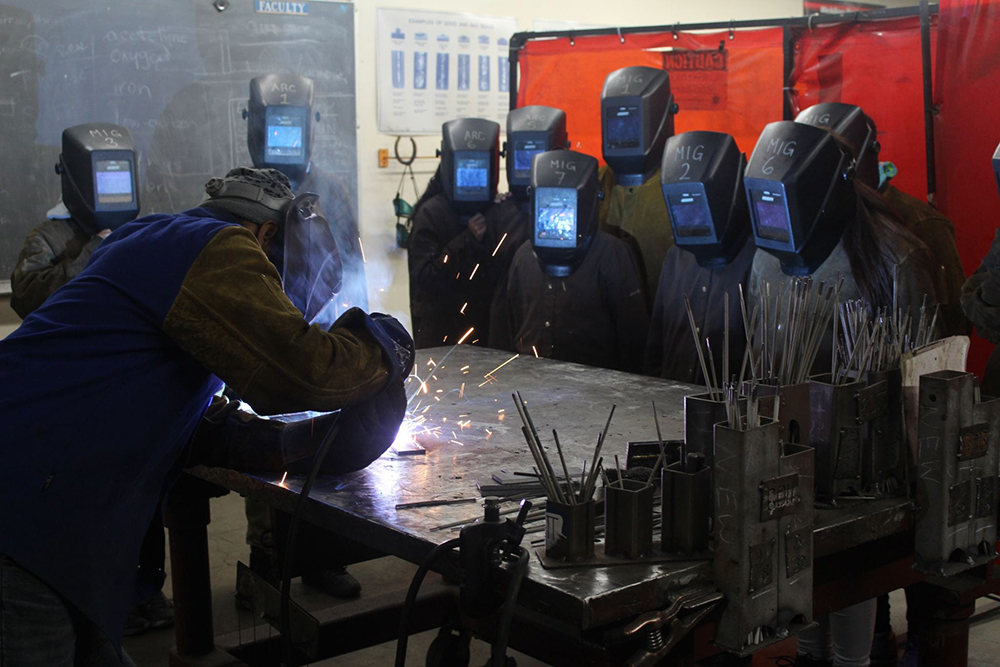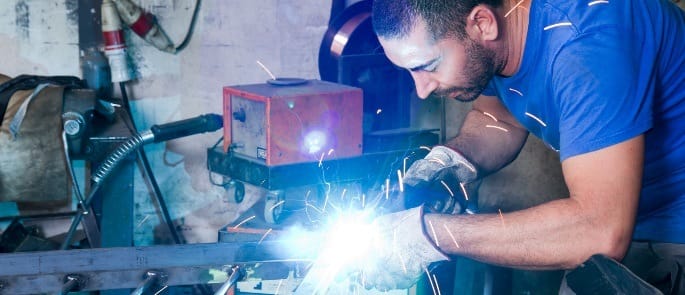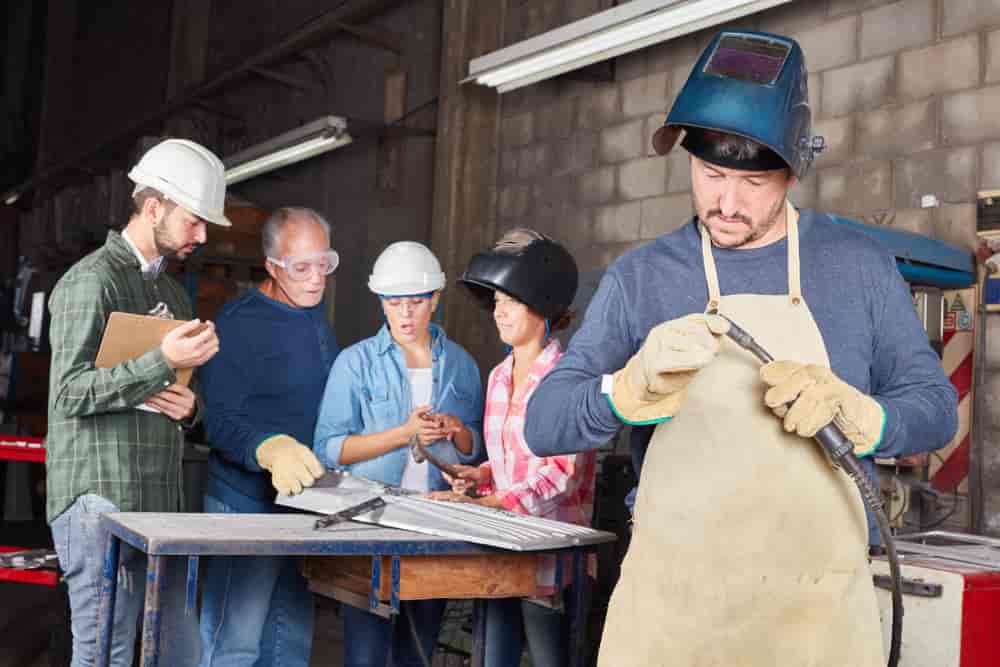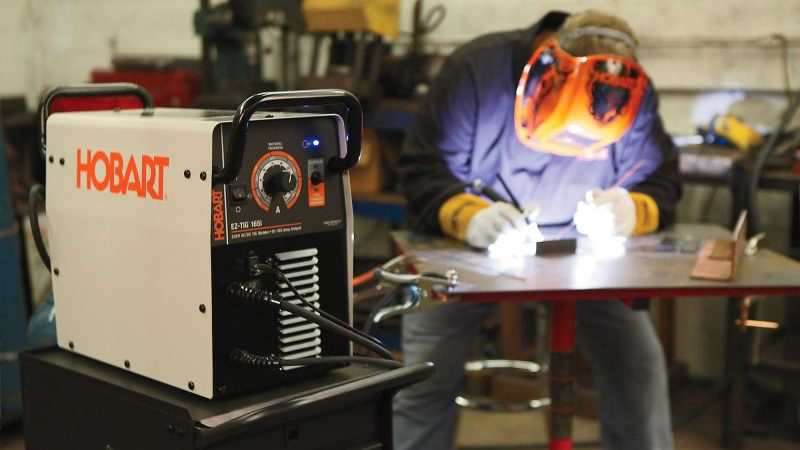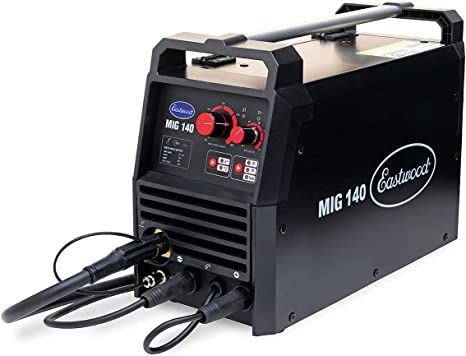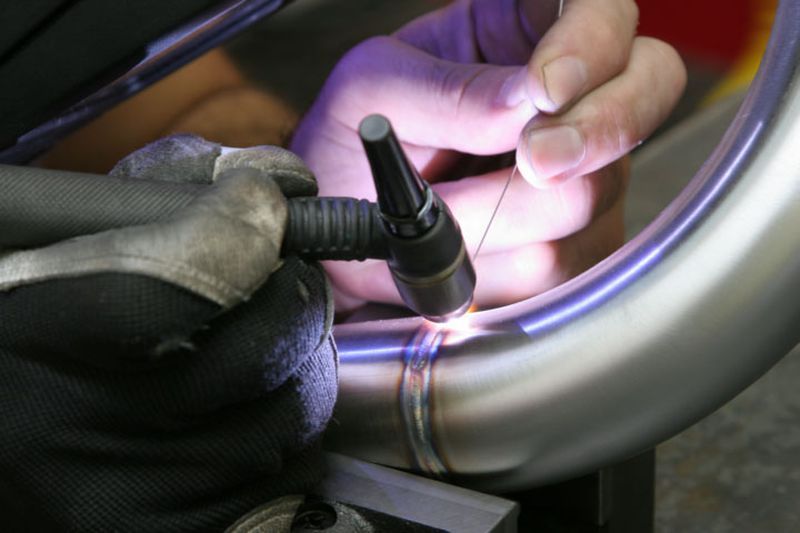

While blacksmithing has an extensive history, welding has only been in use since the 19th Century Trusted Source The History of Welding | MillerWelds Welding has been around since ancient times. Read this article for a brief overview of welding history throughout the years. www.millerwelds.com . Despite this, welding tools and accessories have come a long way to enhance functionality and user safety. The welding helmet exemplifies this, as it protects the user and makes it easy to make more accurate welds. Unfortunately, the welding helmet lens can quickly become dirty, compromising its functionality, as it makes it more difficult to see. So, in this article, we’ll explore how to clean a welding helmet lens, so you can restore your equipment to optimum functionality.
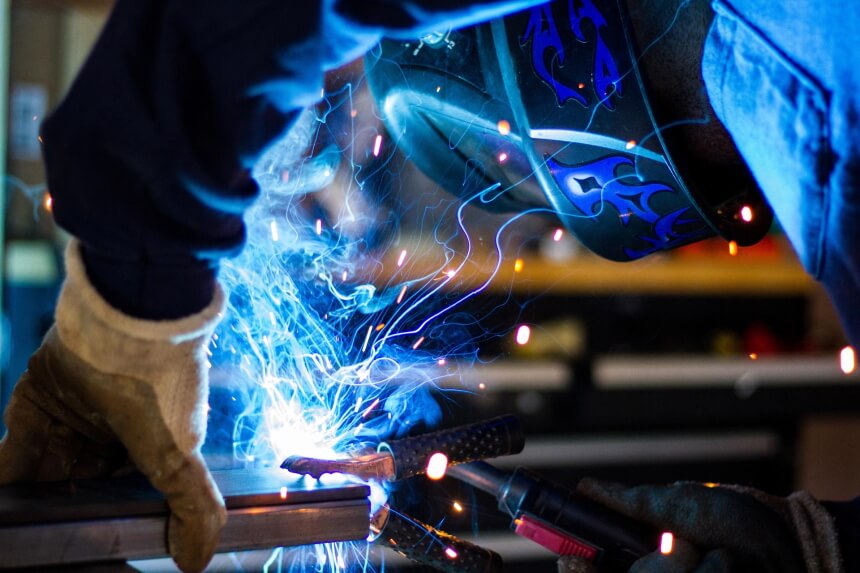
The most common reason for a dirty weld helmet lens is weld smoke. As you’re welding, the accompanying smoke can create a film on the lens, even after the smoke itself has dissipated.
However, your helmet lens can also be affected by the debris in your work yard or workshop. These tend not to be the cleanest of places, so it is easy for grime and dust to accumulate, sticking to your helmet. It is also worth bearing in mind that welding can be hot work, so you are likely to be sweating as you weld, which may leave your helmet lens sticky and more vulnerable to grime accumulation.
Finally, your helmet lens may be affected by surface scratches. While these are not immediately noticeable to the naked eye, they can create a greater vulnerability for debris to accumulate, compromising your visibility.
Whether you’re using a welder for aluminum or learning how to use a plasma cutter, visibility is crucial. Regular cleaning can extend the lifespan of your welding helmet, but if you’re not in the habit of cleaning it after each use, you may wonder how you will know when it does need cleaning.
In simple terms, you’ll need to use your eyes. If you’re struggling to see properly as you use it or you notice the helmet looks or feels grimy when you pick it up, it is likely in need of a good clean.
Once you clean your lens, you can then start to develop a cleaning routine, and you’re sure to notice a difference. After all, if you’ve gone to the trouble to purchase the best 120v welder, you need to make sure that you have a crystal-clear view of what you’re working on.
When you’re busy, it may be tempting to just use a towel, your hand or even your T-shirt to wipe your welding helmet lens. But, this is not likely to produce a decent clean and is not really all that practical. It is far better to learn how to clean a welding helmet lens properly. So, here we’ll look at the best methods in a little more detail.
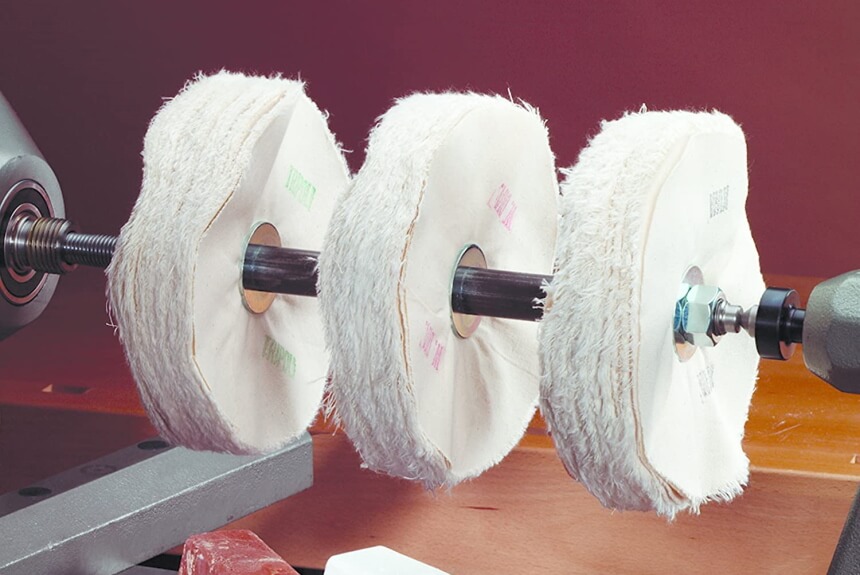
You can use liquid or cake form buffing compound, but be sure to choose a light variety. Switch on your buffing wheel and add a little of the compound as the wheel is spinning. Then place the lens up against the spinning wheel.
Gently move the lens around with just sufficient pressure to buff it properly. This will allow you to remove any loose debris, but you can also buff off any welding spatter in just a few minutes. It can also help you to polish out any minor scratches. If there are major scratches that are no longer on the surface, you may struggle to buff these out and may need to get a new protective lens that you can keep clean with regular use of this method.
Another effective cleaning method is to use a rubbing compound. This is a similar product that is used by car detailers to put a final polish on the paintwork.
Try to find a good quality rubbing compound, as this will not only remove surface marks, but can tackle scratches, oxidation and stains. Don’t obsess about the cost of the compound, as you’ll only need a few drops each time you clean the lens. Just be sure to avoid cheaper, heavier grit compounds that could cause your lens to become scratched and damaged.
Put a few drops of the rubbing compound onto the surface of your lens. Wipe gently with a microfiber cloth or terry cloth to remove any surface accumulation of dust and debris. Once all this surface grime is cleared, use another couple of drops and rub harder with your soft cloth, this will help you to see any smaller surface scratches.
When the compound is completely dried, wipe off any traces of residue with a soft cloth and use circular small motions. This will help to avoid smudges and blurring. This can create a clean, clear lens, but it can also help to prolong the lifespan of your welding helmet lens.
Finally, you could try using some polish spray. This is a great option if the lens is primarily affected by smudges from your welding gloves. Even the best welding gloves can create smears on your lens as you’re working. So, using everyday polish such as wax furniture polish can be a cost-effective way to quickly clean your welding helmet. You could even try using a basic glass cleaner to clear any gunk and then polish to leave a wax film that will help to protect your lens from scratches.
Spray a little of the polish on the lens and use a soft cloth to gently wipe and buff the surface. Just be sure to wipe away any swirl marks, which could cause light reflecting problems that will make it harder to see as you work.
The great thing about this method is that wax polish can fill in any minor surface scratches to extend the lifespan of the lens.
While regular cleaning is a good idea to enhance the functionality and prolong the lifespan of your lens, there are some tips and tricks to help prevent your lens from getting dirty.
One of the best ways to minimize dirt and debris sticking to your welding helmet is to ensure that you work in a properly ventilated area. This will reduce the amount of particles in your work area, but can also help to clear any lingering smoke. You could even set up a low-speed fan to waft smoke and debris away from your work bench.
This is a great preventative method to help avoid some of the accumulation that occurs when working in enclosed spaces.
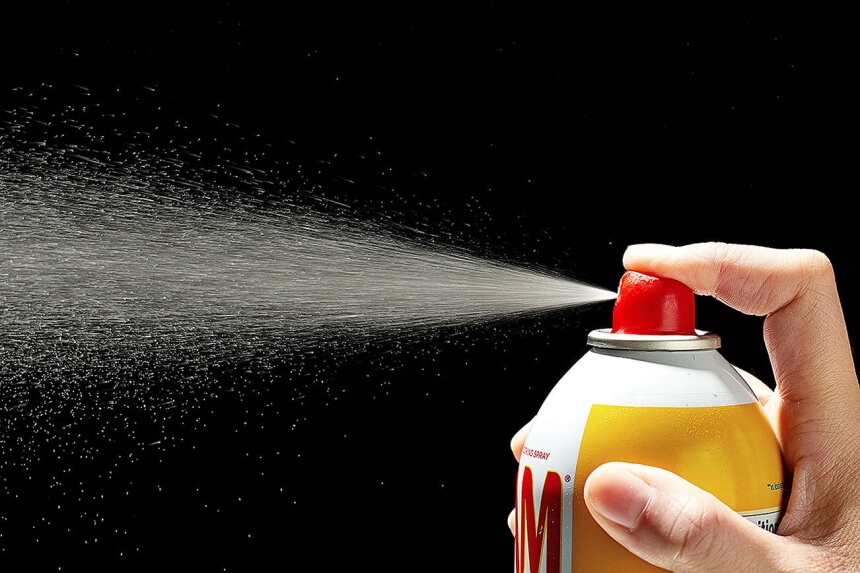
Apply a little wax to the lens and this will prevent any weld spatter particles from adhering to the lens. It will also create a more slippery surface that will make future cleaning easier. However, use this method with care, as too much wax and you’ll create a sticky surface that is more likely to attract dust and debris.
When you have a clean lens, it is easier to see, so you should not need to get as close to your weld as you would if your vision was obscured. Try to keep your head back away from the smoke resulting from welding. Keeping your head back will also help you to square your body to stabilize your body and arms, increasing safety.
Finally, you should appreciate the damage caused by improper storage. Using a proper storage bag, rather than just sitting your helmet on your workbench will help to minimize scratches, and your helmet will not accumulate dust when it is not in use.
Generally speaking, if you’re starting to have difficulty seeing through the lens, it is likely to be in need of cleaning or replacement. If you’ve tried cleaning your welding helmet lens and it still looks dirty and scratched, it is likely time you considered a replacement.
New lenses are not cheap, so learning how to clean a welding helmet lens is a sensible idea. Regular cleaning can prolong the lifespan of your lens and make it easier to work. Since clear vision is essential to do a good job and minimize safety issues, it is a good idea to get into the habit of regularly cleaning your lens. Fortunately, with these tips and tricks, you can accomplish this with the minimum of fuss.
